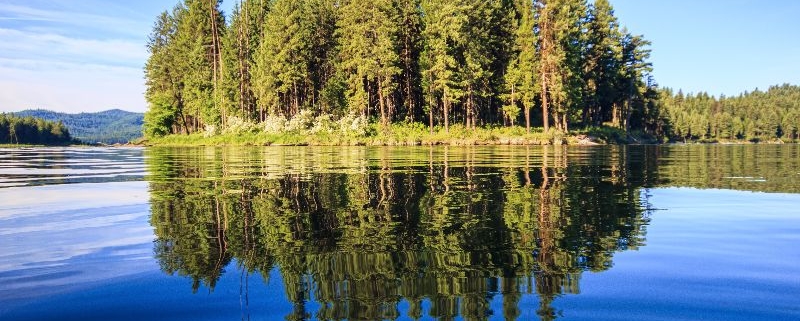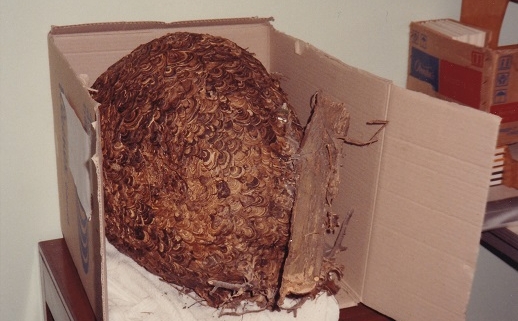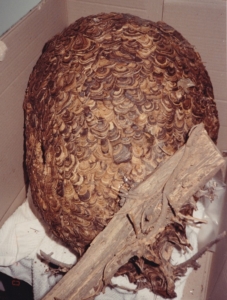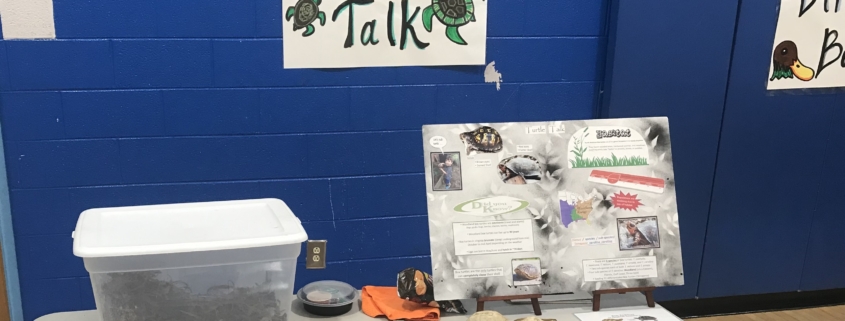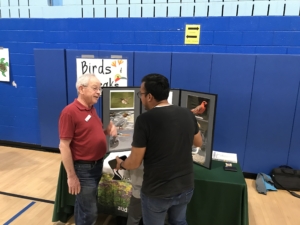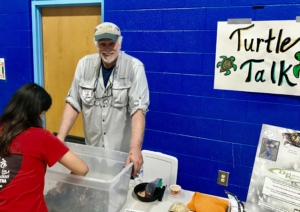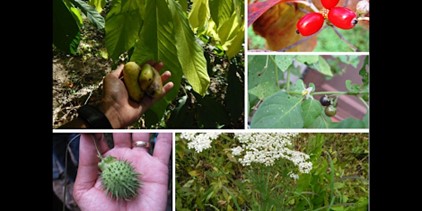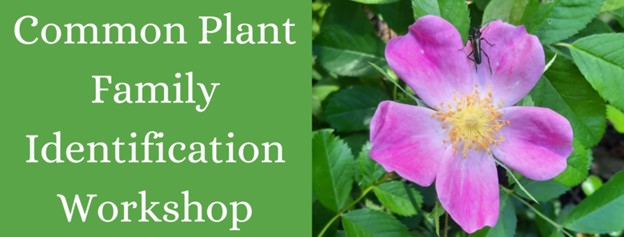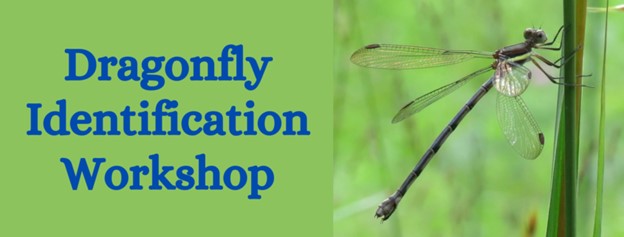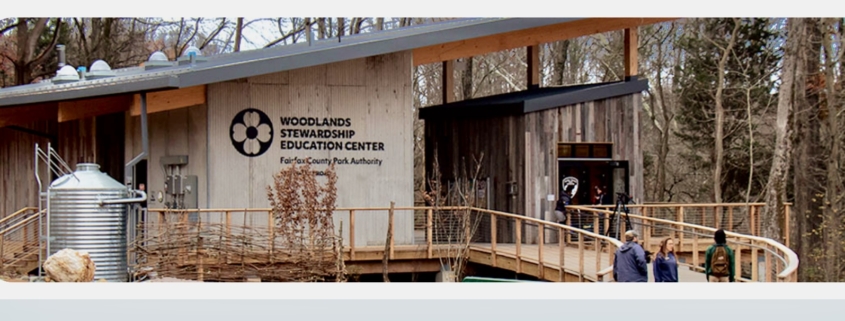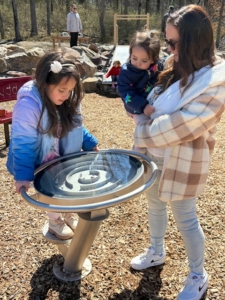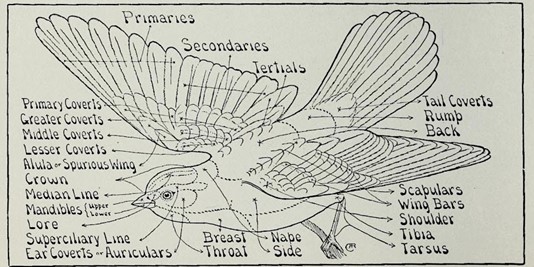How a Return to Tribal Management is Restoring Landscapes, Webinar, May 21st
Photo courtesy of SERC
Tuesday, May 21, 2024
7 pm
Register here.
Tribal people have lived in North America for at least 10,000 years, shaping how the landscape evolved and functioned. During that time, they developed cultures and traditions that stressed the obligation tribal people had to the foods, medicines, and places that sustained and defined their way of life. However, disease and settlement disrupted the balance, replacing it with the extractive management approach that has dominated the landscape for the past three centuries. On May 21, discover how a return to tribal practices can help restore that balance. Cody Desautel, executive director of the Confederated Tribes of the Colville Reservation in northern Washington State, hosts our next Life on a Sustainable Planet webinar. He’ll reveal how the last 50 years have seen a resurgence of tribal self-determination, and how indigenous knowledge is helping reestablish healthy relationships between people and the land.
Discover stories of hope and resilience every month, at the Smithsonian Environmental Research Center’s (SERC) free webinar series! SERC’s monthly science talks highlight the research and conservation that are leading us to a more sustainable future, featuring scientists from the Smithsonian and around the world. They air on Zoom every third Tuesday of the month at 7pm Eastern, January through October, unless otherwise noted. All of their talks are recorded. By signing up online, you’ll be able to watch live and receive a link to the recording after the event. Closed captions available at the event and on the recordings.


